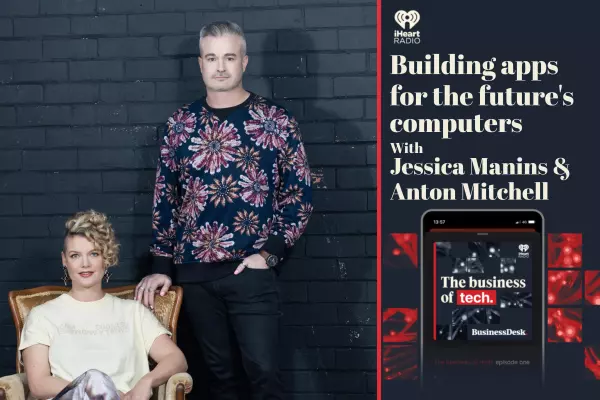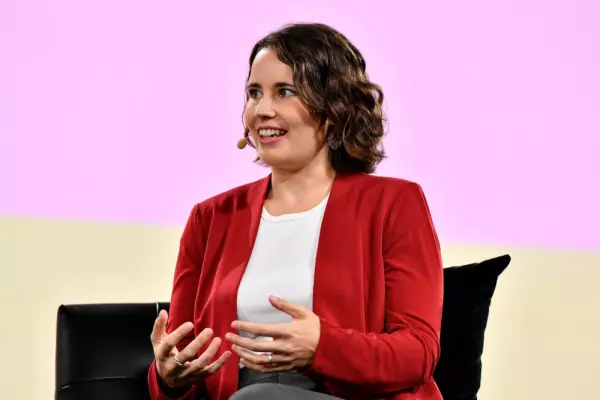Among the hype of the rapid shift to digital, the scope of the information technology department in a business has broadened dramatically but, in many cases, the approach to the IT budget has not kept up.
Many companies still treat IT as an opaque vending machine where money goes in, and transformation comes out.
With the growth of subscription and consumption-based pricing models, the shift to operational expenditure can make it difficult to make sure that what's being paid for is being used.
It can also make clear budget allocation difficult when IT solutions are developed or provisioned by IT for use in another department, making decisions about where to put the costs tricky.
IT leaders from several major New Zealand organisations, such as NZ Post, Southern Cross and the Ministry of Health, attended a discussion hosted by IT finance visibility platform startup Yärken, with panellists from Yärken and MinterEllison subsidiary IT Newcom.
The black box of IT
There's no denying that investment in IT can pay dividends. Recent research from the International Data Company (IDC) says: “Asia Pacific (excluding Japan) organisations that allocate more than 50% of software initiatives to external-facing projects will see 15% more revenue by 2023.”
But understanding where and how that investment is supplying those returns is becoming increasingly important.
Event panellist Kim Gordon, a partner at IT Newcom, explained: “Product owners know every aspect of their PnL (profit and loss) from a cost perspective, except IT. It's a black box of cost that just gets allocated to them and they don't understand it.”
She points out that while IT was not historically in the top tier of business costs, that has shifted dramatically in recent years as a result of the shift to the cloud and the increasing place of IT as a business enabler.
Value over budget
The conversation has moved from talking ‘budget’ to ‘value’, which can be a challenge for those in IT, said panellist Alistair Mascarenhas, executive director for consulting at IT Newcom.
“It's not their core competency or capability, so they rely on the finance team just giving them some numbers and, as long as the books balance, great, go off and do it – but it's not sustainable as part of the organisation.”
Gordon added: “Traditionally, people don't see financial literacy as a core competency of technology capability, technology teams, digital teams; I think we've got to grow up to realise that it is.”
This may sound like extra work being piled onto the IT team to make the finance executives feel better about spending, but being able to highlight the value of a spend benefits both parties.
If an IT leader can compare value gained against a clearly defined and accessible outline of immediate and ongoing costs for a project, it improves trust and understanding between departments.
Changing habits
A major focus of the event was that bringing financial visibility into a company is not just about tools, but about creating a shift in culture and habit.
The event host, Yärken, does offer a platform that helps provide that visibility, presenting IT spending in nice dashboards that can show the total cost of ownership.
Yärken chief executive and co-founder Ravi Kuppan said the biggest value of the platform is that it starts a change in the culture around finance and IT.
He said: “If you can set those processes, make it simple, it becomes hygiene. It's just what you do every day. It's not, every three months I'm going to make a request to finance and get something different. And that's the culture we're trying to encourage with what we're thinking about.”
Agile complications
A discussion around how this approach fits into the now-ubiquitous Agile approach to delivery (working in dedicated, iterative 'sprints' on projects) sparked a lot of conversation.
One audience member described the challenge: “There's a lot of hidden costs that are out there in the Agile world, which I don't think a lot of customers – well, immature customers – will have no understanding of.
"Some vendors are probably reluctant to let them know before they launch into it and then, all of a sudden, a project can balloon just like that.”
The conversation came back to culture again, although in this case it was about how to align an understanding of Agile in the IT world with the rest of the organisation.
Yärken head of product Michael Rentschler, also a panellist, explained: “There is a difference between Agile transformation and actually trying to be Agile in an organisation. It’s not just the delivery, but actually the full organisation, including finance and senior leadership and whoever else is impacted, and cost transparency.”
From development and delivery to subscriptions and storage, IT costs are increasing and that's not likely to slow down any time soon, but the value that is gained from IT is increasing in tandem.
The key takeaway from the event is that organisations need to be finding better ways to reveal and understand that value.
Regardless of whether that involves investing in a tool like Yärken or just better using the data in spreadsheets, the first step is changing the conversation.













